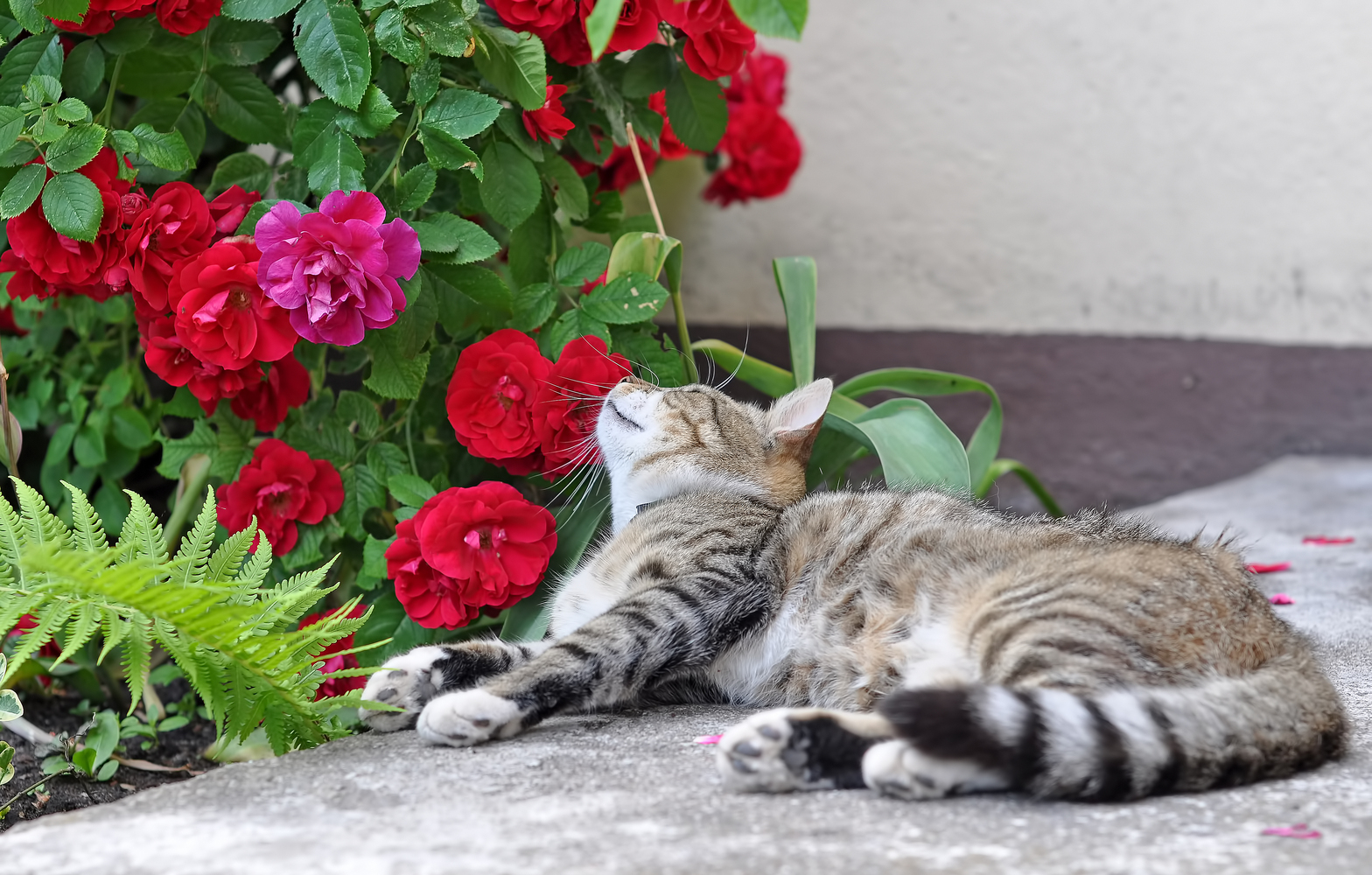
4 Houseplants that are Poisonous for Cats
From indigestion to skin irritations, to even death, houseplants can cause mild health issues or can be fatal too. Make sure when you adopt a cat, your front and back yard, and the insides of your house have plants that are safe for your feline friends. Below is a list of poisonous houseplants that endanger cats. Steer clear of them:
Caladium
This house plant also called angels wings and elephant ears. It is an ornamental plant with colorful, heart-shaped leaves, adds dramatic foliage to its settings. The most toxic part of the plant is the leaves, but the entire plant is dangerous for cats because of the presence of calcium crystals that has oxalate acid. The tiny crystalized needle-like structures can cause injury to the insides of the cat’s soft tissues.
Redness and pain in the eyes, difficulty swallowing and choking, irritation, burning sensation, and swelling of the mouth, tongue, and throat, hyper-salivating, nausea, diarrhea, and vomiting are its major symptoms. Sometimes, it can cause permanent damage to permanent damage to kidneys and liver, and lead to coma and death.
Dieffenbachia
Also called Dumb cane and mother-in-law’s tongue (because it can cause temporary numbness and inability to speak in humans), this perennial plant has white spots and flecks on its alternating leaves, this tropical plant can also tolerate the shade. The entire plant is toxic and chewing on the Dieffenbachia plant causes the ingestion of the needle-like calcium oxalate crystals.
It affects the entire gastrointestinal tract and irritates the lips, mouth, tongue, and throat, and this could make the cat paw at its mouth fervently. Excessive drooling, vomiting, and difficulty in breathing are other symptoms that might be noticed.
Lantana
It’s also called the Shrub Verbena, Red sage, Yellow Sage or Wild sage. It is a perennially flowering plant, the cluster of lantana flowers are aromatic and come in a variety of assorted colors like red, orange, yellow, and blue, white. The foliage and ripe berries contain the toxins, lantadene A and B, with the green berries being more poisonous.
This houseplant with colorful flowers can cause diarrhea (sometimes accompanied by blood), vomiting, weakness, depression, sensitive reaction to light, and in some cases, even jaundice and liver failure in cats that consume its foliage or berries.
Mistletoe
This plant is also called Phoradendron, and Christmas yuletide. The berries of this festive evergreen shrub contain glycoprotein lectins, alkaloids, polysaccharides, alkaloids, Phoratoxins, and ligatoxin A.
Ingestion of the berries from the Mistletoe plant can disturb the gastric system and cause hyper-salivation, diarrhea, nausea, vomiting, and abdominal pain. In severe cases, cardiac and central nervous system abnormalities can include an abnormal heart rate, Dyspnea, hypotension or low blood pressure, drowsiness and lethargy, impaired vision, ataxia and collapse, seizures, and even death.
When there is even the slightest suspicion of the pet feline having consumed any poisonous plant, taking him/her to the veterinarian, or nearest animal hospital for urgent medical attention is the most sensible thing to do.


